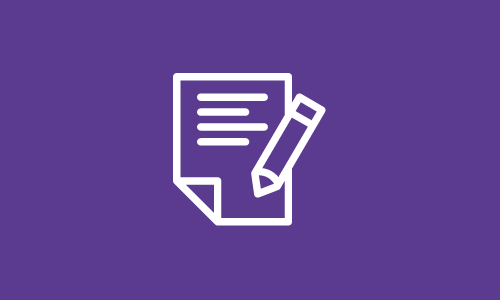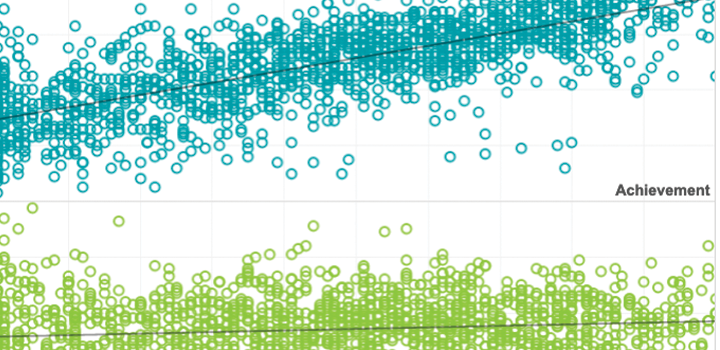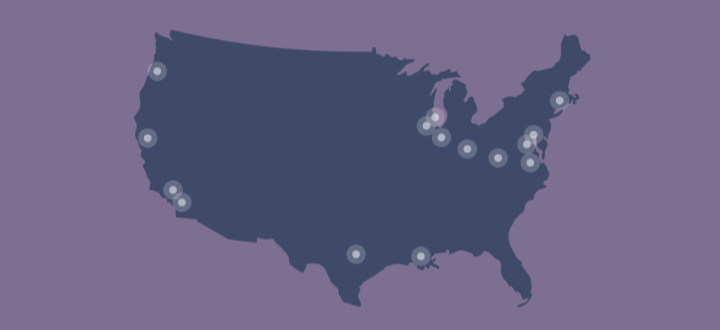

Will school closures lead to a ‘COVID-19 slide’?
This CPRE Research Minutes podcast explores findings from polls by The Education Trust on parents’ perceptions and concerns about their children’s learning during the COVID-19 crisis, projections by NWEA researchers on potential academic impacts of these unprecedented school closures, and potential strategies to mitigate learning loss and improve equity.
Consortium for Policy Research in Education Knowledge Hub Research Minutes podcast
Topics: COVID-19 & schools, Equity, Seasonal learning patterns & summer loss


Researchers examine long-term effects of students being out of school
In this segment on NPR’s Morning Edition, teachers describe the challenges their students face learning from home and NWEA’s Megan Kuhfeld shares projections of potential academic impacts for students of COVID-19 school disruptions.
Morning Edition, NPR
Mentions: Megan Kuhfeld, Beth Tarasawa
Topics: COVID-19 & schools, Equity, Seasonal learning patterns & summer loss


7 things educators can do right now to support student growth and achievement
What can educators do right now to address the potential learning shortfall from COVID-19 school closures in the fall and help students catch up? Here are seven recommendations.
By: Brooke Mabry, John Cronin
Topics: COVID-19 & schools, Empowering educators


MAP Growth K-2 item fit analysis study: A follow-up study
This is a follow-up analysis to the May 2019 item fit analysis study to evaluate the fit of the items whose item difficulties were adjusted in the more recent 2020 follow-up scale alignment study.
By: Wei He
Products: MAP Growth
Topics: Item response theory


Projecting the potential impacts of COVID-19 school closures on academic achievement
While COVID-19 learning interruptions are unprecedented in modern times, existing research on the impacts of missing school (due to absenteeism, regular summer breaks, and school closures) on learning can inform projections of potential learning loss due to the pandemic. In this study, we produce a series of projections of COVID-19-related learning loss and its potential effect on test scores in the 2020-21 school year based on estimates from prior literature and analyses of typical summer learning patterns of five million students.
By: Megan Kuhfeld, James Soland, Beth Tarasawa, Angela Johnson, Erik Ruzek, Jing Liu
Topics: Equity, COVID-19 & schools, Seasonal learning patterns & summer loss


In data collected from virtual learning environments (VLEs), item response theory (IRT) models can be used to guide the ongoing measurement of student ability.
By: Kang Xue, Walter Liete, Anne Corrine Huggins-Manley
Topics: Measurement & scaling


Predicting the difficulty and response time of multiple choice questions using transfer learning
This paper reports on whether transfer learning can improve the prediction of the difficulty and response time parameters for ≈ 18,000 multiple-choice questions from a high-stakes medical exam.
By: Kang Xue, Victoria Yaneva, Christopher Runyon, Peter Baldwin


